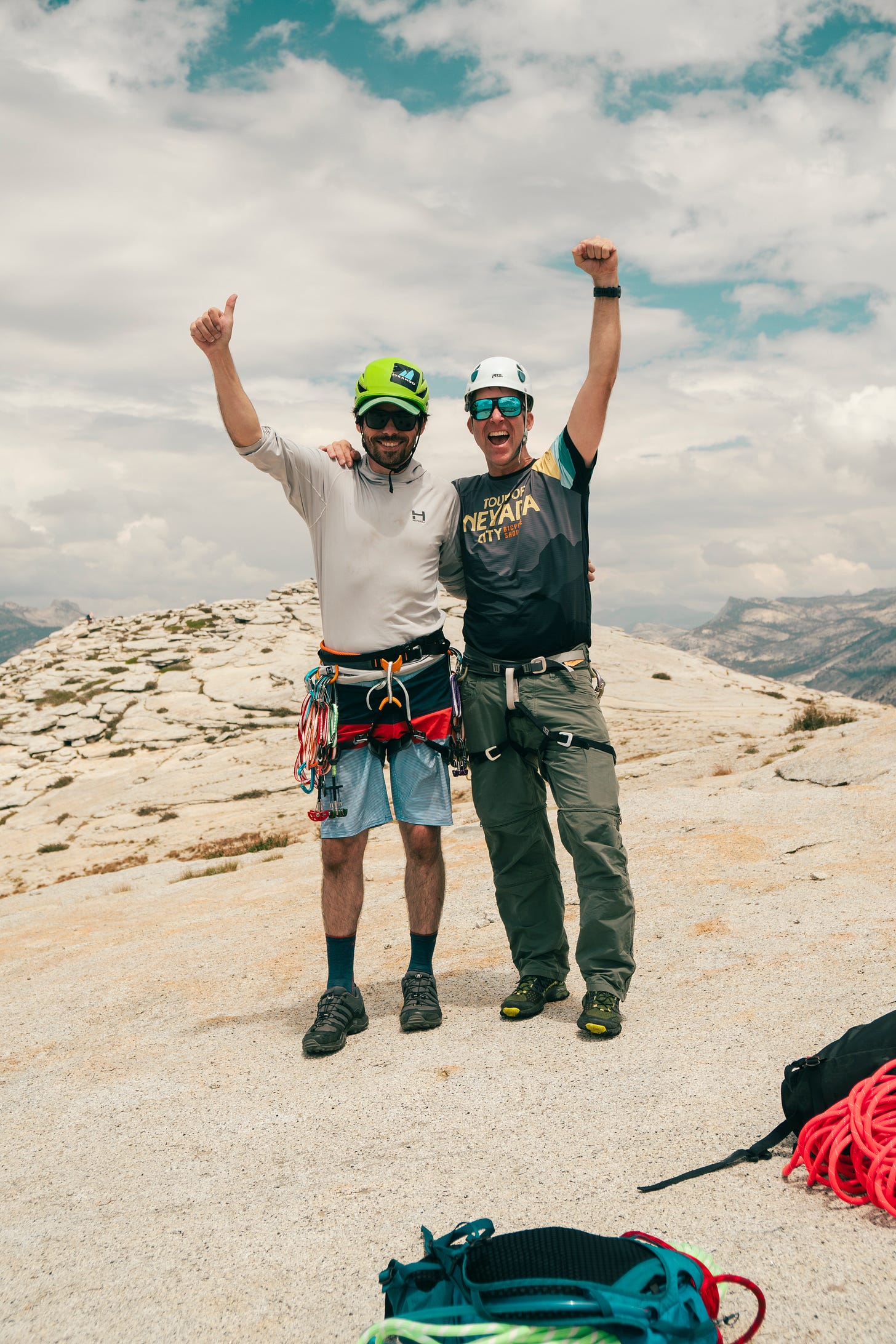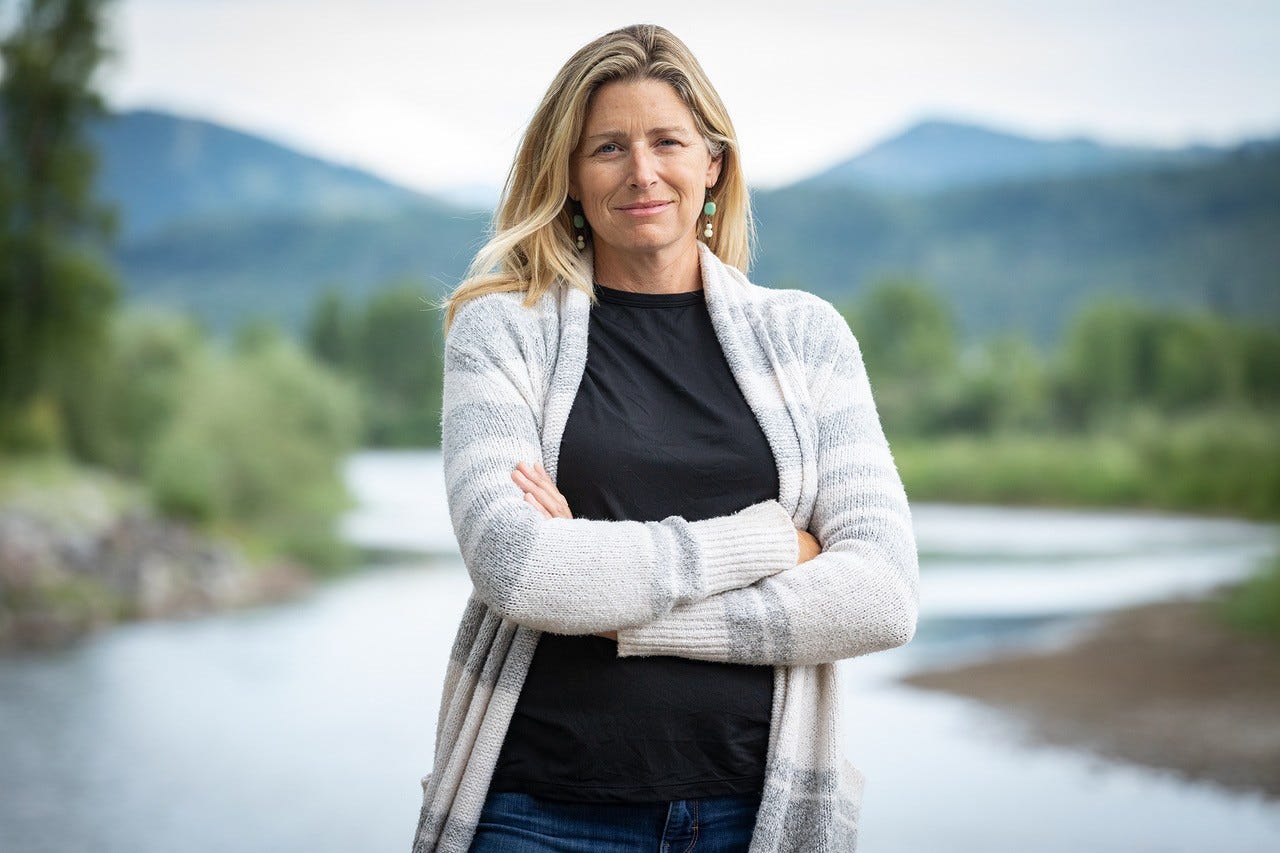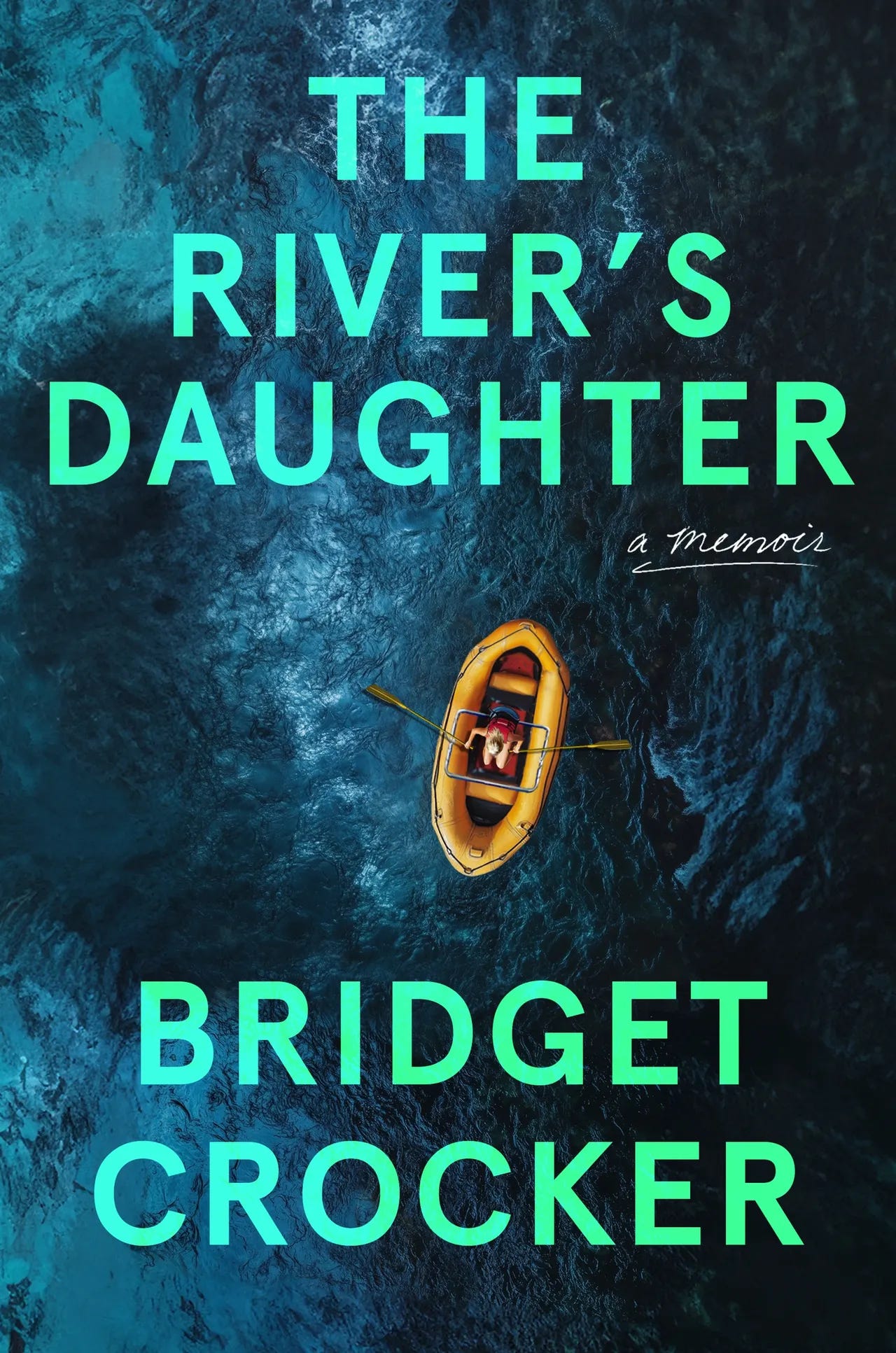Lessons from rivers, inspiration on rock
Two quick stories, one about winning an award for my feature on a climber with cancer, one about whitewater raft guide Bridget Crocker and her new memoir.
I’m thrilled and honored that Bridget Crocker asked me to be her partner in conversation for tonight’s event at Book Passage, 6pm at the Corte Madera store.
Her new memoir, The River’s Daughter is a revelation. It opens with a terrifying scene when 9-year-old Bridget falls into the roaring Snake River, frigid with snow melt.
Her childhood friend tries to pull her out, but he gets sucked in too. Then she hears a voice.
“SWIM!” the voice commands.
She thought it was her friend, but he hadn’t said a word. After catching an eddy and reaching land, she realizes it was the river speaking to her.
Crocker’s conversations with rivers worldwide have been the touchstone of her life.
She’s one of the first women to work as a guide on the Snake River (in the Northwest U.S.) and was a rafting pioneer on the mighty Zambezi, which defines the border between Zambia and Zimbabwe.
An aside: I’ve rafted those fearsome African rapids. Though I had years of experience as a whitewater guide, I found the Class V Zambezi frightening, especially after our guide flipped us in Number 15.
The River’s Daughter is about so much more than whitewater – it’s about how rivers became Crocker’s caretakers and teachers after neglect and worse from her divorced parents.
The book has drawn comparisons to Cheryl Strayed’s Wild for good reason: It’s authentic and heartfelt. Once you start reading, you don’t want to put it down.
There’s self-discovery and personal evolution as we see Bridget grow from a vulnerable teenager into a powerful woman who stands her ground.
Speaking about her parents, Crocker told me last week that “Anger is hurt’s bodyguard.” Her ability to forgive, and curiosity about “what’s under the anger,” yields surprising gifts.
Bridget Crocker at Book Passage in Corte Madera, June 17, 6pm
A theme of the book is power, who has it and how they use it.
When Bridget invites her estranged parents (separately) on different river trips, she’s on home ground — or water. At last, she’s the one in charge, and she deftly uses her advantage in a memorable scene.
I’ve long known that Crocker was a badass river guide. After reading The River’s Daughter, I know she’s a formidable writer, too.
“This memoir by legendary river guide Bridget Crocker runs fast and deep,” says legendary adventure writer Tim Cahill, a co-founder of Outside magazine.
“Whitewater scenes are electrifying and precise. But there are also profound personal matters here—pockets of fear or joy and even love—that add a shimmering depth to this fast-paced and nuanced read.”
Come join our conversation tonight at 6pm, Book Passage, 51 Tamal Vista Blvd., Corte Madera, Calif.
When you buy the book, please support your local independent bookstore.
Calif. Journalism Award for my story on climber with cancer
My story published by The Press Democrat last summer about Kirk Keeler, a talented photographer who quit chemo to climb Half Dome after being diagnosed with Stage 4 colon cancer, won first place in the California Journalism Awards last month.
Though some awards are a dime a dozen, this one is meaningful because it comes from the California Newspaper Publishers Association. These awards have been called the statewide version of the Pulitzer Prize.
Best of all, this recognition for “Half Dome the Hard Way” brought greater exposure to Kirk’s story and his mission.
After two years of nausea and fatigue from toxic treatments, he quit chemotherapy in February 2024 and vowed to climb Half Dome.
Not the cable route which is challenging enough for most people, but a roped climb up the edge of the face called Snake Dike.
Keeler made it to the top on his first attempt last August. His goal was to raise awareness about colon cancer screening – now the guideline is to start getting screened at age 45 (not 50).

I met Kirk nearly 30 years ago, when we lived in west Sonoma County, and have long been impressed by his upbeat attitude and love for the outdoors. Those qualities have helped sustain him as the cancer has progressed.
The first journalism award I ever won was from CNPA in 1988. I was in my first year as a reporter (at the Peninsula Times Tribune) when my editor called me at about 5:30am to cover a fire at a home for seniors in Redwood City.
That award felt validating and helped me believe I could make a career as a journalist.
This one is validating in a different way. I’m 38 years into my career – hard to believe – and it gets tougher every day to find outlets for meaningful work. Kirk’s story is as meaningful as it gets, and my hope is that my writing rose to meet the moment.
I shared the story with Tim Cahill who said: “Holy Moley. You hit it out of the park. Impressive. It's a great piece, worthy of Outside at its best. I know. I was editing there at the time.”
I’ve admired Cahill’s writing for decades — before we began teaching together in 1999 at the Book Passage Travel Writers & Photographers Conference — so to hear that from him was beyond gratifying.
Recognition hasn’t been my goal, but sometimes it sure is affirming, especially when the story could save lives.
Notes: I didn’t enter the contest – my editor at The Press Democrat did – and I’m grateful.
There are seven divisions based on a newspapers size. The Press Democrat is in the second highest division (the top division is LA Times and other major metros).
The Keeler story won first place for Div. 2 Sports Feature and fourth place for Health Feature (though I never saw it as a sports or health story).
Ultimately, it’s a story about our potential and what we can do when we set a goal, train our bodies, and harness the power of our minds for the betterment of humankind.







As always I'm filled with admiration for your work, Michael, and kvelling about the honor you received from the California Journalism Awards. In this time of global insanity, it's wonderful to read stories about human positivity, teamwork, and transcendence.